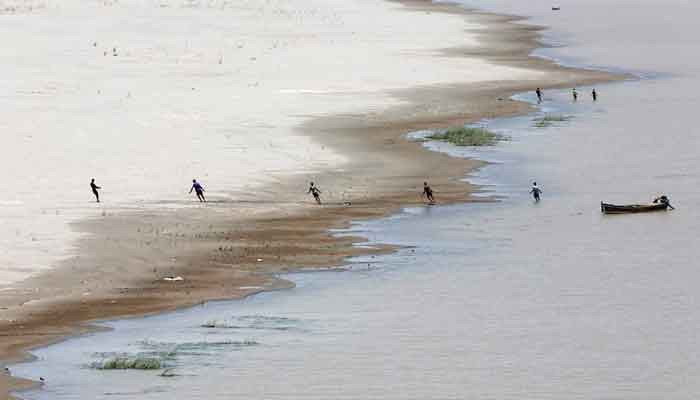The Indus Waters Treaty: A Pact Under Pressure
The Indus Waters Treaty, a globally recognized agreement, was brokered by the World Bank and signed by both Pakistan and India in 1960. Its primary aim was to manage the allocation of river waters between the two nations, thereby averting potential water disputes.
River Divisions Stipulated by the Treaty
The treaty delineated six main rivers into two distinct groups:
- Eastern Rivers: Sutlej, Beas, Ravi
These rivers were placed under India’s complete jurisdiction.
- Western Rivers: Indus, Jhelum, Chenab
The treaty assigned these rivers’ water resources to Pakistan, while permitting India to undertake specific projects like hydroelectric power generation, excluding irrigation initiatives.
Monitoring and Data Exchange Protocols
The treaty mandates both countries to annually exchange data pertaining to water flow, ongoing projects, and water utilization. It also led to the establishment of a permanent Indus Waters Commission.
The potential suspension of this treaty holds considerable ramifications for Pakistan. It poses a possible threat from India, hinting at the prospect of India restricting water flow from the Indus, Jhelum, and Chenab rivers into Pakistan at a time of its choosing.
Even if India were to contemplate such actions, an immediate, complete stoppage of water flow is improbable. Despite India’s construction of upstream reservoirs on these rivers, their storage capabilities are not sufficient to entirely impede the flow towards Pakistan. Furthermore, the suspension threat coincides with the high-flow season, spanning from May to September, when substantial glacier melt significantly augments river volumes.
Experts suggest that India currently lacks the necessary infrastructure for large-scale water storage or diversion. Developing such infrastructure could span years, if not decades. The region’s topography and gravitational forces also render this outcome challenging.
During 2023–24, India voiced its discontent when Pakistan raised concerns about its hydropower projects, such as the Kishanganga and Ratle dams, before the Court of Arbitration.
India contended that Pakistan should have engaged in technical consultations prior to initiating arbitration.
India conveyed its intention to reassess the treaty while issuing a diplomatic notice to Pakistan for negotiations aimed at terminating or revising the agreement.
The discussion around suspension acts as a political signal and a tactic for applying diplomatic pressure. The treaty’s validity persists as India has not formally withdrawn, yet it now threatens to halt its execution, implying a partial rather than a complete suspension.
As the treaty’s guarantor, the World Bank has yet to formally acknowledge India’s suspension of the agreement.
Pakistan has sought intervention and assistance from both the United Nations and the World Bank.
In 2024, the Court of Arbitration issued a verdict that supported Pakistan’s stance, declaring India’s projects to be in violation of the Indus Waters Treaty.
Following the ruling, the Indus Waters Commissions of both nations resumed meetings, demonstrating a renewed commitment to the treaty’s core principles.



Comments (0)
No comments yet. Be the first to comment!
Leave a Comment